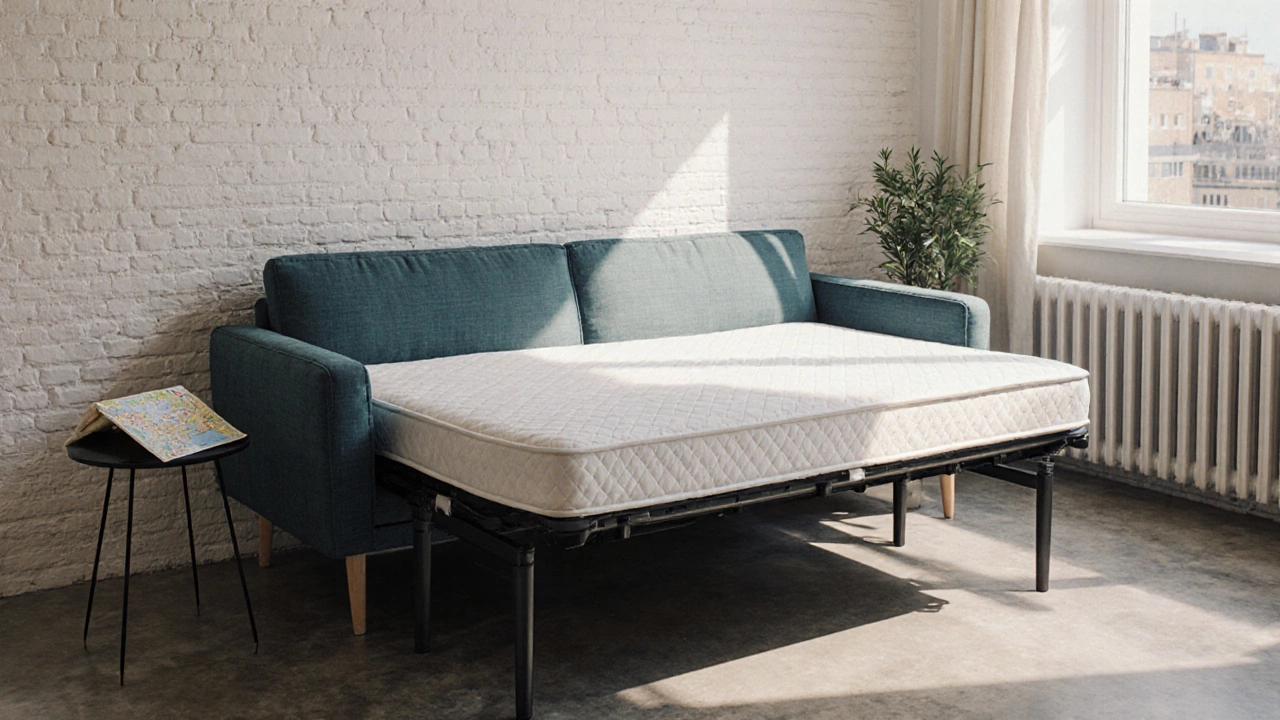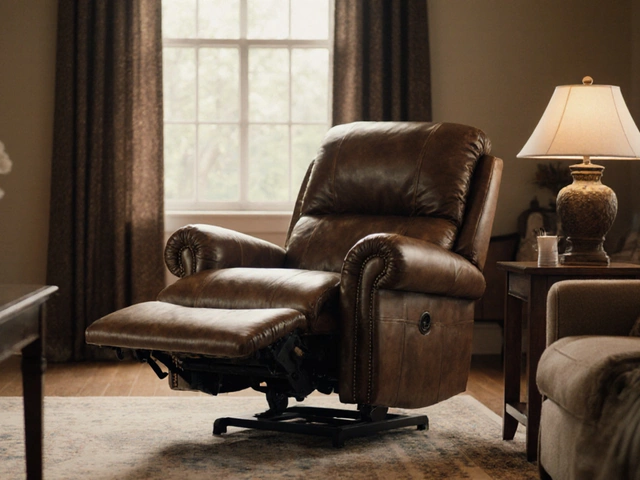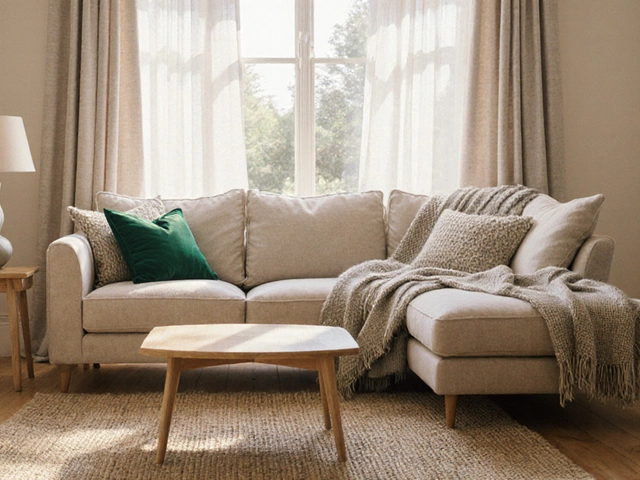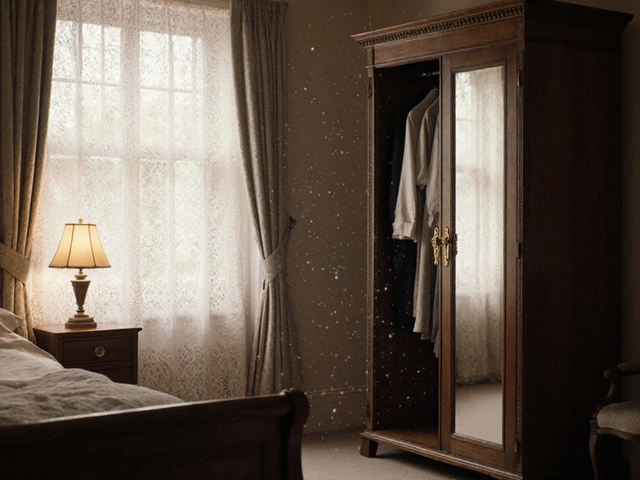Dutch bed: What It Is, Why It’s Popular, and What You Need to Know
A Dutch bed, a low-profile bed frame with built-in storage, often featuring drawers or lift-up mechanisms, rooted in practical Scandinavian design. Also known as storage bed, it’s designed to maximize space without sacrificing style—perfect for homes where every inch counts. Unlike traditional beds that just sit there, a Dutch bed works harder. It’s not just a place to sleep; it’s a smart storage solution hidden under the mattress. You’ll find these in UK apartments, city homes, and even holiday cottages where space is tight and clutter is not an option.
The Dutch bed isn’t just about storage—it’s about simplicity. Its clean lines, minimal frame, and low height make it feel open and airy. This design comes from the Netherlands and Scandinavia, where practicality and aesthetics go hand in hand. You won’t find ornate carvings or heavy headboards here. Instead, you get clean wood finishes, sturdy construction, and clever mechanisms that let you pull out drawers or lift the entire base to store off-season clothes, linens, or even suitcases. It’s the kind of furniture that doesn’t shout but still gets the job done. And because it’s built to last, many Dutch beds use solid wood frames and metal glides that won’t squeak or break after a few years.
People often confuse Dutch beds with platform beds or ottoman beds, but there’s a difference. Platform beds are usually just a flat surface with no storage. Ottoman beds lift up with gas pistons and often have deep storage, but they’re bulkier. A Dutch bed is lighter, lower, and designed for daily access—think of it as a bed with built-in drawers you can reach without bending too far. It’s ideal for seniors, renters, or anyone who wants to avoid buying a separate storage chest. And because it’s so understated, it fits just as well in a modern loft as it does in a cozy countryside bedroom.
What you’ll find in the posts below are real-world guides on how to clean, maintain, and style these beds—plus how they stack up against other storage solutions. You’ll see how humidity affects the wood, what finishes hold up best, and how to pick the right size for your room. There are also tips on avoiding common mistakes, like choosing a bed that’s too low for easy access, or picking materials that warp in damp conditions. Whether you’re renovating a small flat or just tired of stuffing clothes under the bed, the advice here is practical, tested, and made for real homes—not showrooms.



